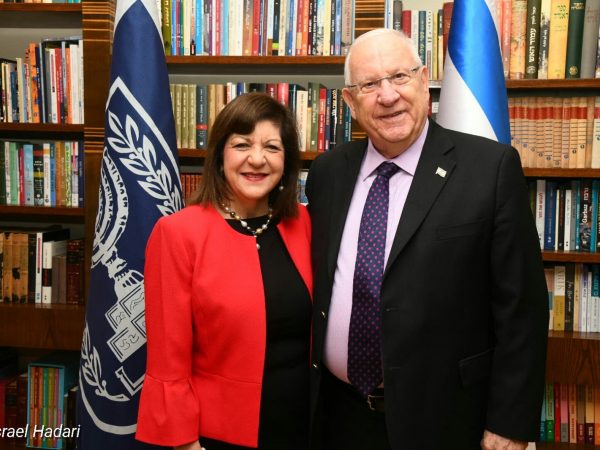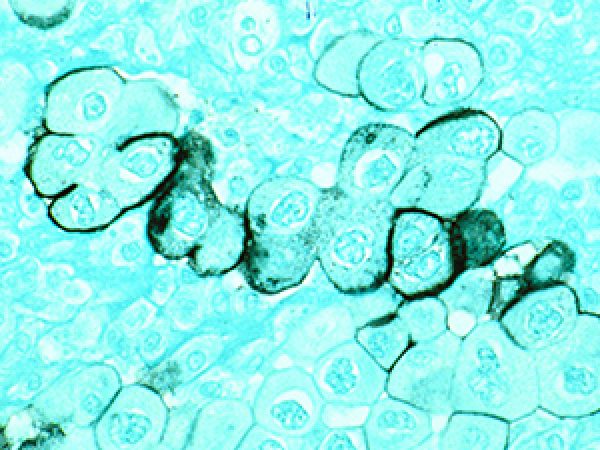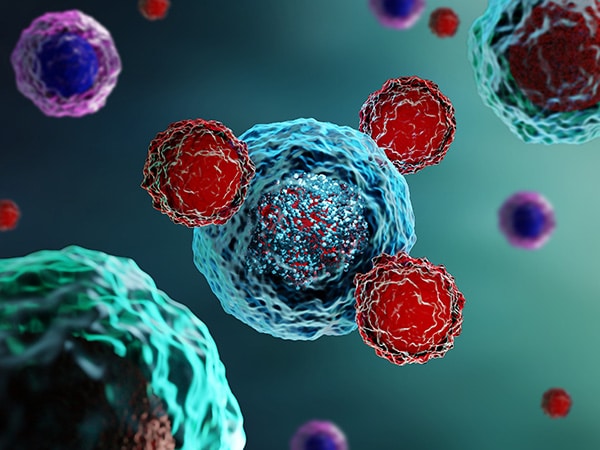Third New Treatment for Multiple Myeloma Approved in November
On Monday, the U.S. Food and Drug Administration (FDA) rounded out an exciting month for the multiple myeloma community when it approved a third new treatment for certain patients with the disease in just two weeks: the immunotherapeutic elotuzumab (Empliciti).

3D-rendered illustration of cancer cells. Elotuzumab is a monoclonal antibody that attaches to SLAM7F on the surface of both myeloma cells and immune cells called natural killer cells.
As I discussed in a previous post on this blog about the other therapeutics approved in November for treating multiple myeloma—daratumumab (Darzalex) and ixazomib (Ninlaro)—the need for these new treatments is clear from the fact that the overall five-year survival rate for the disease remains under 50 percent.
Elotuzumab is unique among the three new multiple myeloma treatments in the way it exerts its anticancer effects. It is a monoclonal antibody that attaches to a protein called SLAM7F, which is found at high levels on the surface of both myeloma cells and immune cells called natural killer cells. Differences in these two cell types mean elotuzumab has distinct effects on them when it attaches to SLAM7F on their surfaces, and these effects provide a two-pronged attack on multiple myeloma. Specifically, it directly activates natural killer cells, enhancing their ability to kill myeloma cells, and it flags myeloma cells for a number of immune cell types, which once directed to the myeloma cells, attack and destroy them.
The FDA approval of elotuzumab is for use in combination with lenalidomide (Revlimid) and dexamethasone for treating patients who have multiple myeloma that has worsened despite treatment with one to three other therapeutics. The agency based its decision on results from the phase III ELOQUENT-2 clinical trial, which were published recently in The New England Journal of Medicine. Specifically, the decision was made because adding elotuzumab to lenalidomide and dexamethasone increased the time before disease progressed by four and a half months and because it increased by 13 percentage points (from 65.5 percent to 78.5 percent) the proportion of patients who had complete or partial shrinkage of their tumors.
The three new therapeutics approved for treating multiple myeloma in short succession represent advances against a disease that is anticipated to be newly diagnosed in 26,850 people in the United States this year alone. They also provide new hope for patients who have been living with the disease for a number of years, like Cindy Chmielewski who was diagnosed with multiple myeloma in 2006.
Learn more about Cindy’s journey and how she uses social media to help others in this video:



